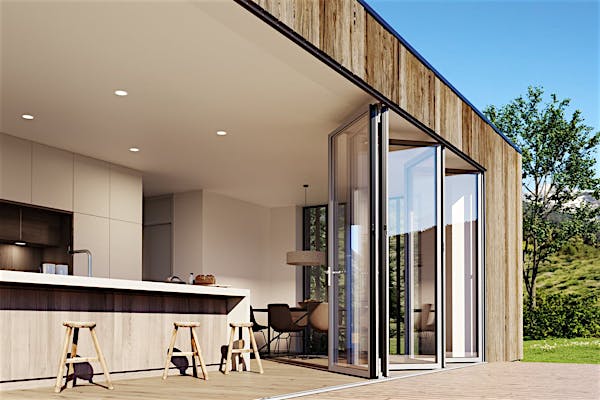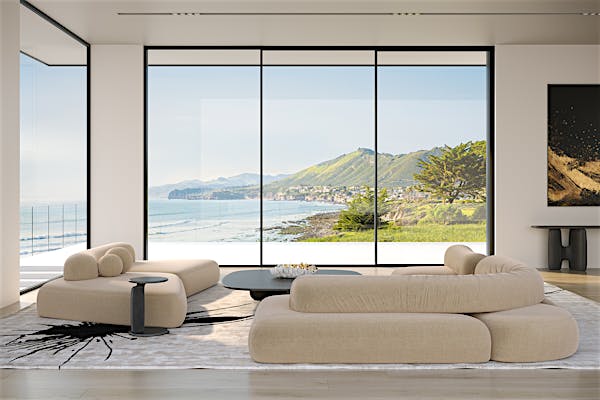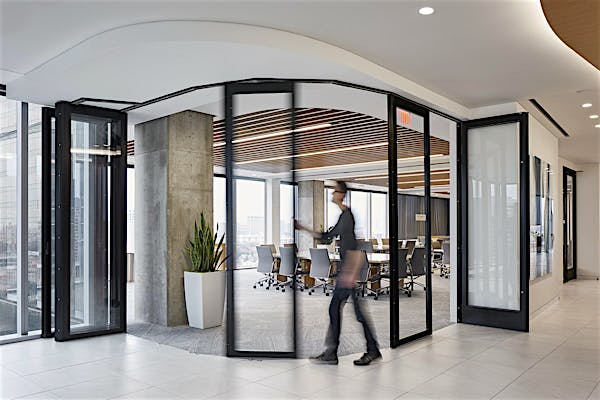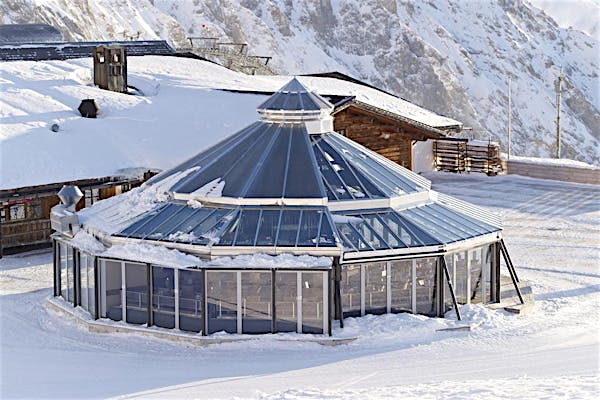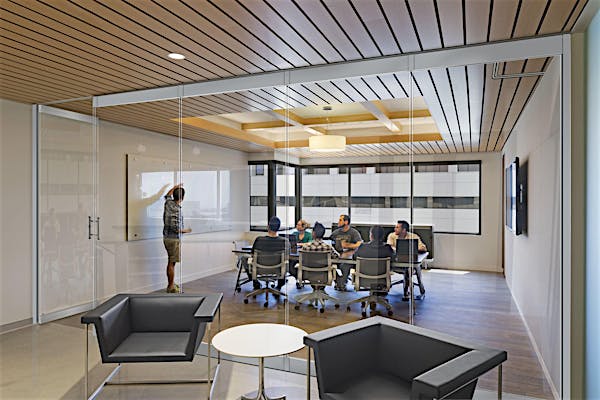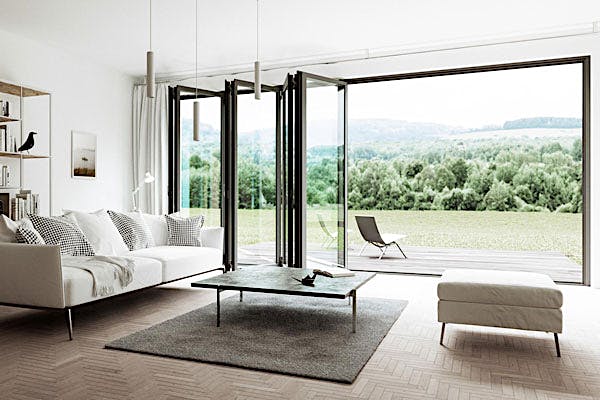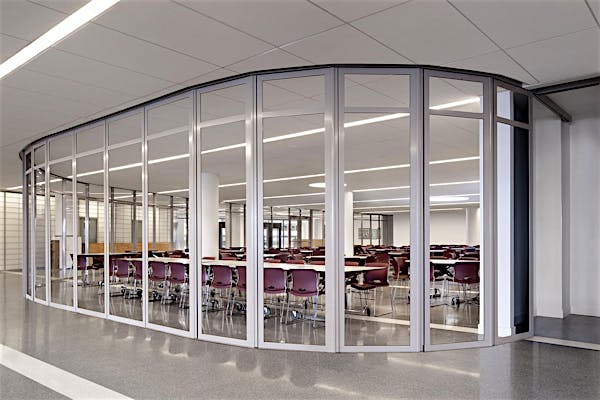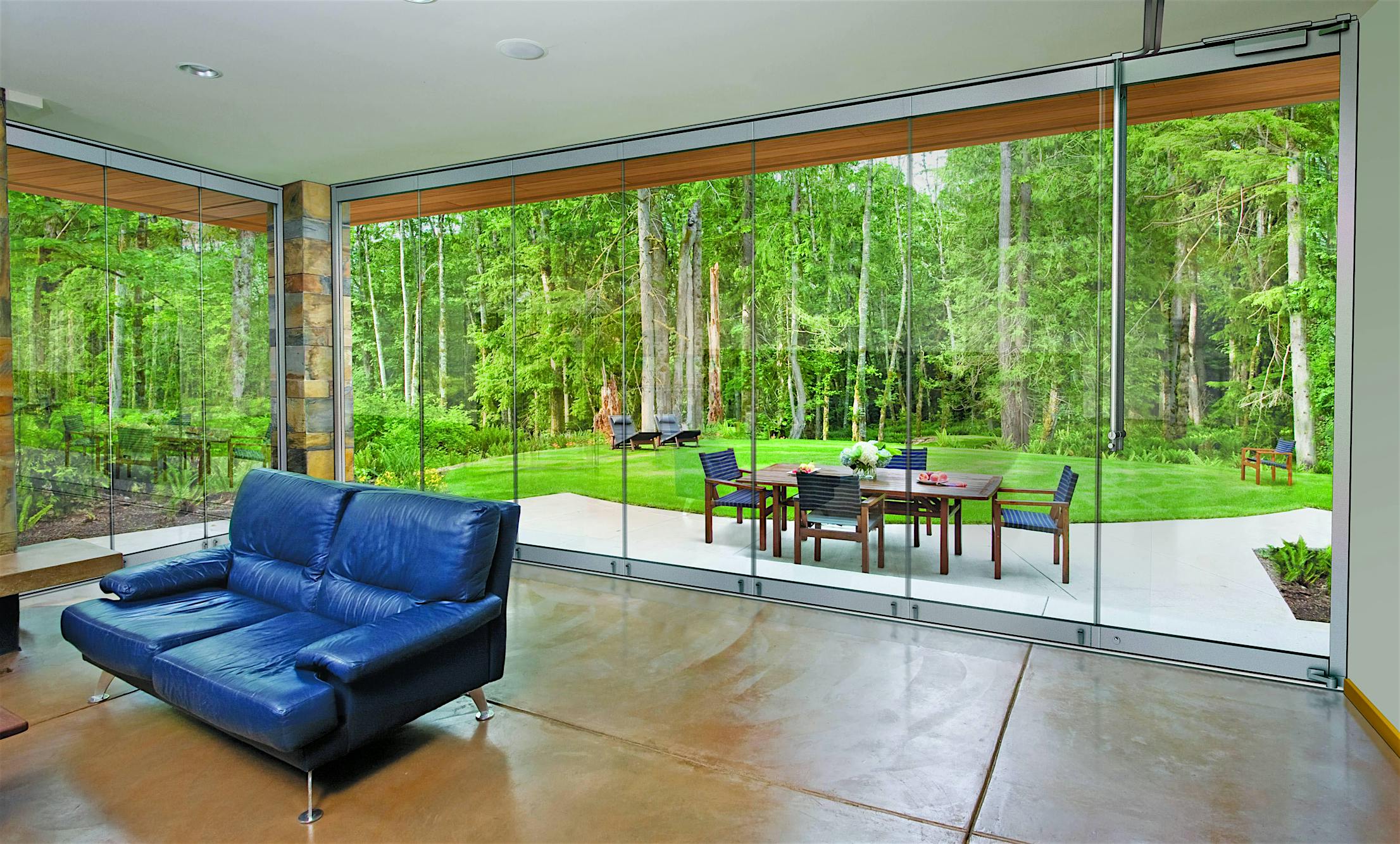
Figure 1: The architect of this residence took advantage of the beautiful surroundings with NanaWall systems.
We spend 90% of our lives indoors behind walls that block us from nature. Closeness with nature has significant health benefits, including reduced risk of type II diabetes, heart disease, and high blood pressure. Shouldn’t we spend time in places that are healthy for us?
Residential architects and interior designers think the answer is “yes.” So much so, that they’ve adopted biophilic design principles, which emphasize nature in the design. These houses bring Wellness to occupants and, because of the added lifestyle benefits, they draw more demand and sell at a higher price.
Watch to learn how Feldman Architecture builds within the surrounding nature and what the homeowner’s think about the design:
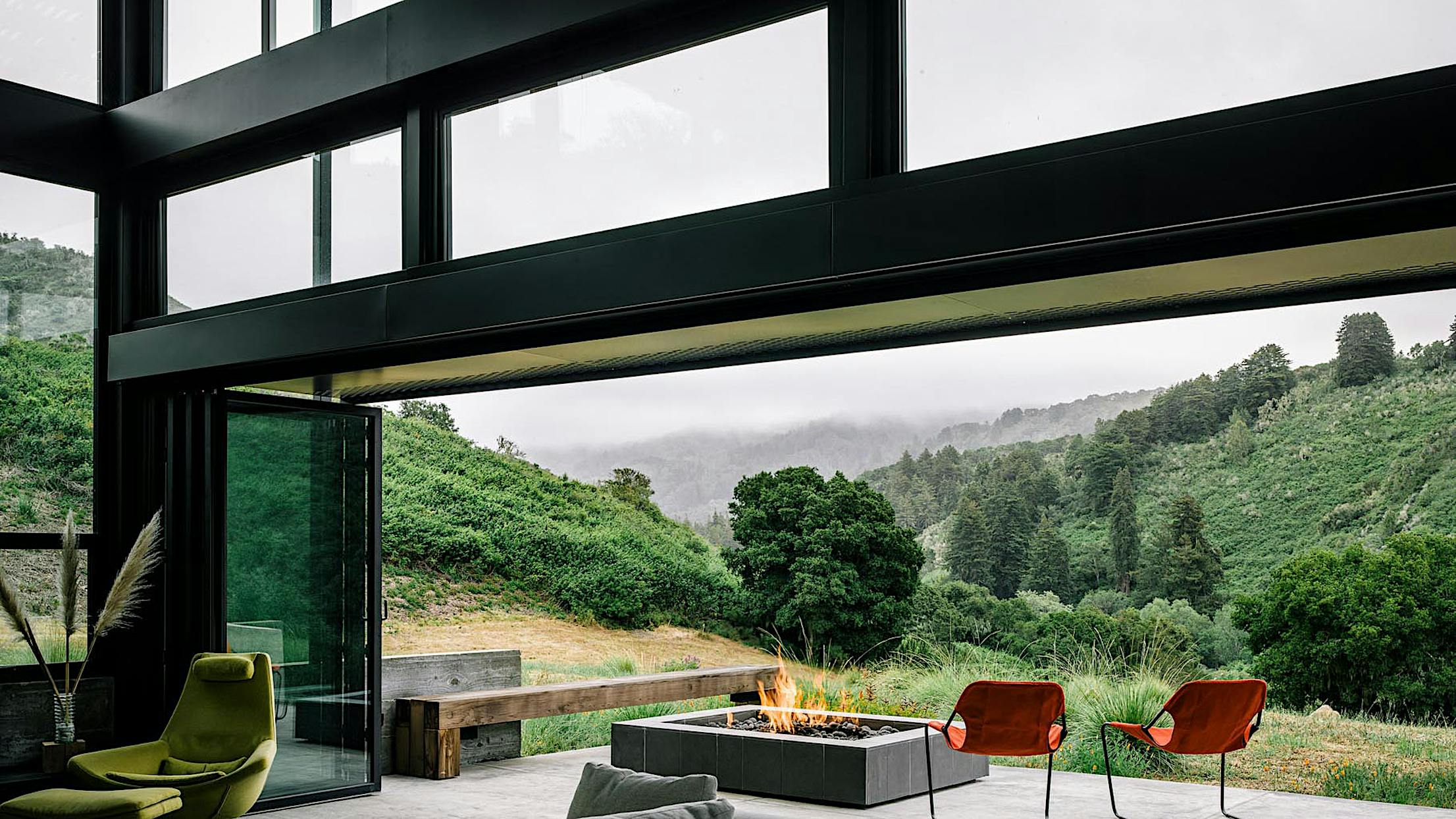
The Benefits of Using Biophilic Design Principles in a Home
If you were buying a house, would you choose one that you’re told directly benefits the health of your family or one that helps the planet?
Wellness is a more straightforward benefit to pitch to a homeowner because the reward links back to the family. While energy-efficient design remains a focus for the residential building industry, justifying the potential upfront costs for the reason of saving the planet and eventual long-term savings can be more of a challenge. Buyers are, however, willing to pay upfront for Wellness.
Luckily there is an overlap between energy-efficient design and Wellness design. Techniques like Passive Design, which brings nature in to control the temperature, are beneficial to both design goals. However, Wellness is a better angle for promoting a home because people are willing to pay a premium for personal wellness. According to The Economics of Biophilia, “people will pay 58% more for a property with a view to water or 127% more for a lakefront property.”
People will dismiss the above statistic by separating the view’s impact from biophilic home design and claim that the appeal of a waterfront view is because it looks pretty. However, there is a reason that views of water look good to us. We’re biologically programmed to desire connection with nature. The demand for houses with views of water is high because it provides that connection to nature from within the home. The connection with nature brings Wellness into the lives of inhabitants by improving stress recovery rates, lowering blood pressure, improving cognitive functions, enhancing mental stamina, and elevating moods. These are the effects people want from their living space.
Not all homes have the luxury of a location near a lake or beach. However, architects can implement biophilic design principles anywhere – even in a city. It just takes creativity.
Incorporating biophilic design elements throughout a residence allows homeowners to reap the benefits of a home built for Wellness, and for those homes to command more demand from the market.
How to Bring Wellness to Inhabitants through Building Design
Here we’ll explore how key parts of the home can be designed with principles of Wellness.
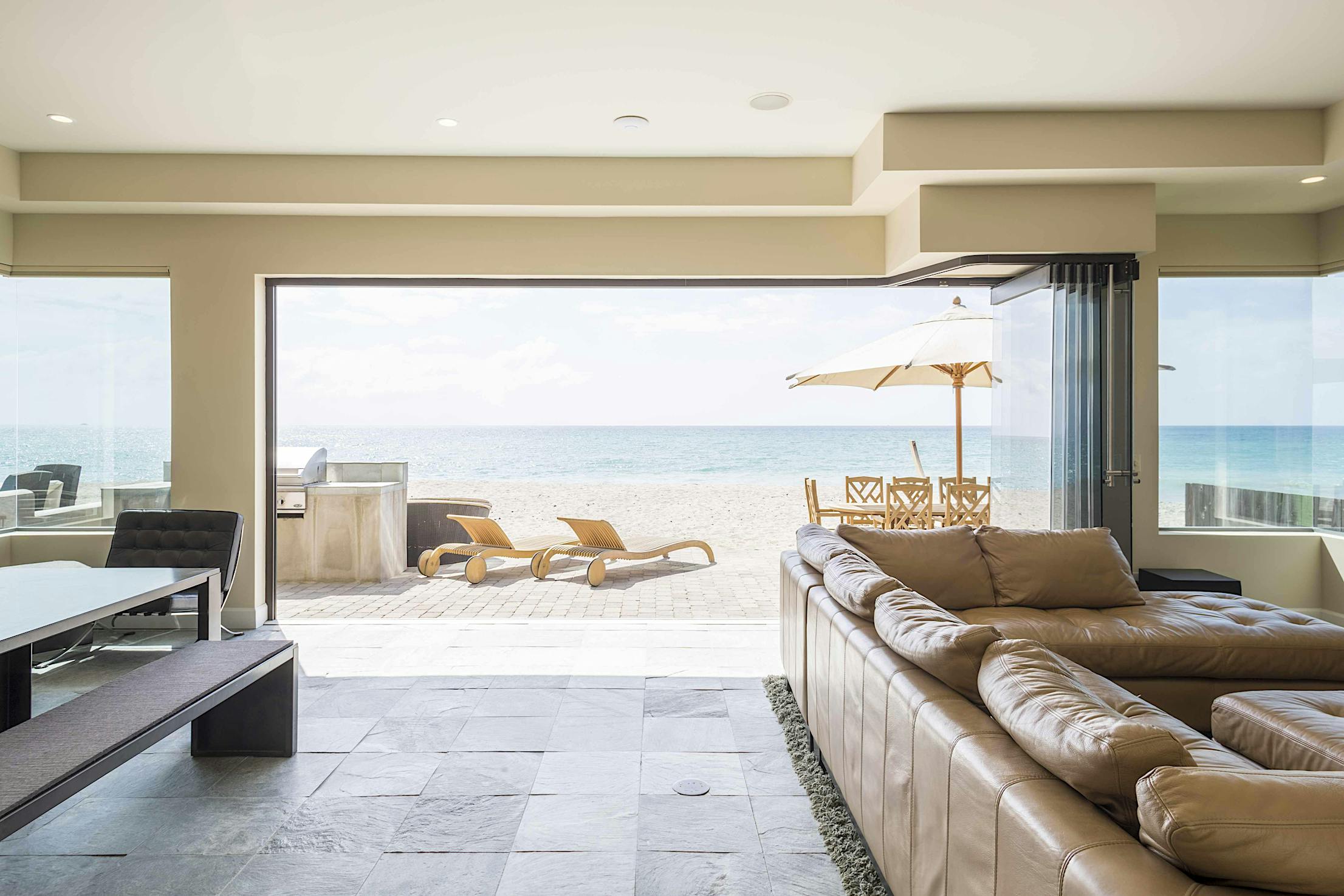
Figure 2: Biophilic design principles = views of water + natural ventilation + daylight + sand color tones to match surrounding nature.
Living Room
Families spend a lot of time in the living room and, luckily, it’s a prime candidate for biophilic design. Living rooms can be connected to outdoor backyards with a folding or sliding glass opening. The opening glass wall is a great way to offer stunning views from inside – even from the couch. The operable wall system welcomes plenty of daylight and fresh air into the house.
An opening NanaWall system goes well with backyard pools – especially when that pool is an ocean like in the image above.
The living room is a logical place to focus effort on indoor air quality, which is a fundamental building block of Wellness design. Clean indoor air promotes an occupant’s short-term and long-term health. The air we breathe affects our livelihood and ability to function. In another article, we outline steps to improve indoor air quality.
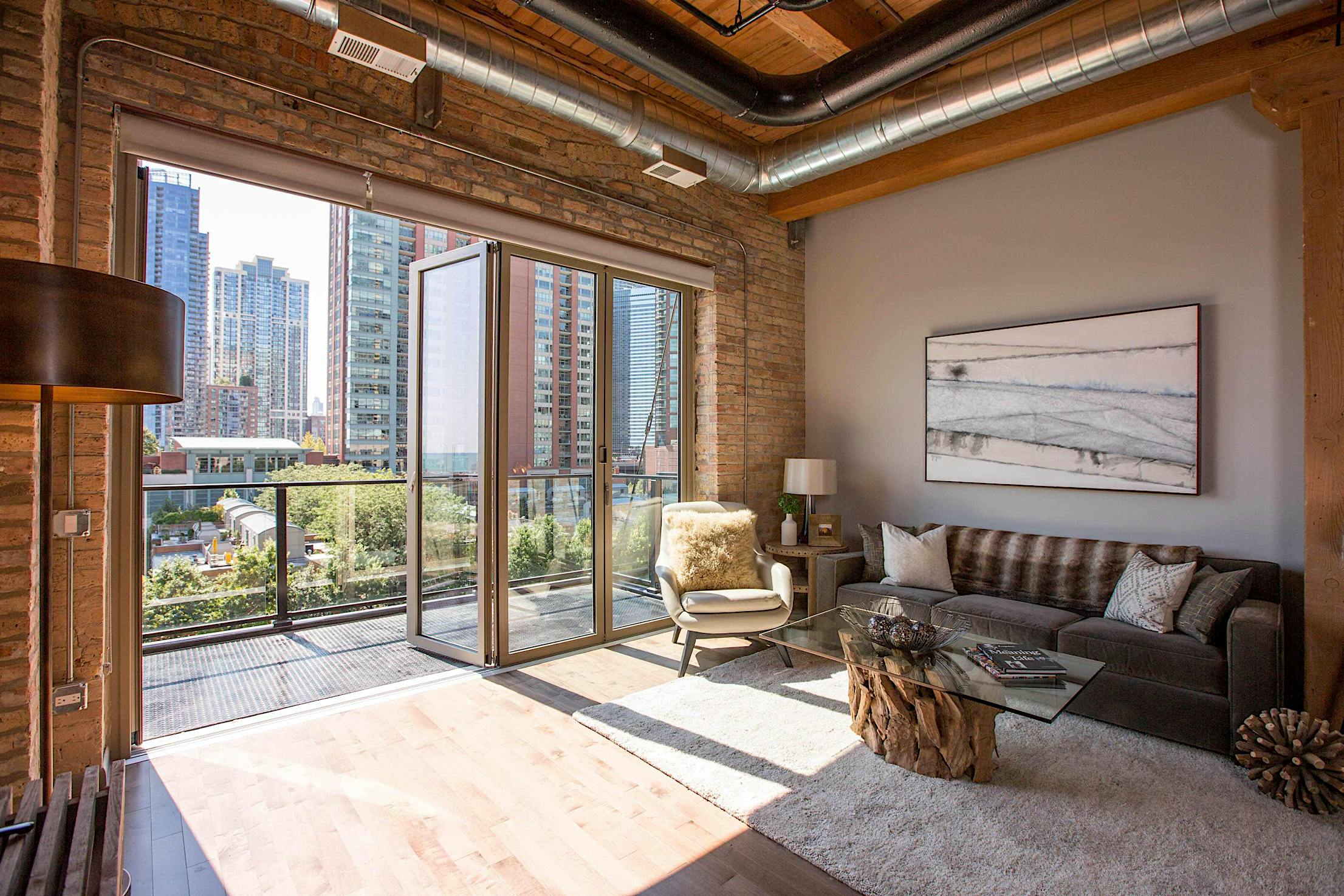
Figure 3: Biophilic design principles = urban views + views of trees + natural ventilation + daylight + wood material + nature artwork.
Multifamily Units
Multifamily living has boomed over the last five years, apartment buildings being the most common form. They’re often found in cities because it’s an efficient use of space for cities to provide housing vertically. However, that makes it more important to weave in biophilic design principles. Part of healthy urban life is a connection with nature.
Multifamily buildings are often multiple stories with high vantage points, which means there’s an opportunity to provide views of city or nature. To do so, line the units with NanaWall opening glass wall systems that allow sunlight and air to enter the room. The interior or balcony should also incorporate wood, greenery, and natural images to replicate the feeling of being outside.
Units containing separate families must feel like a single home. Eliminating neighboring noise is essential in apartment living situations. Ensure walls are sound resistant, and families can live comfortably without noise from neighbors.
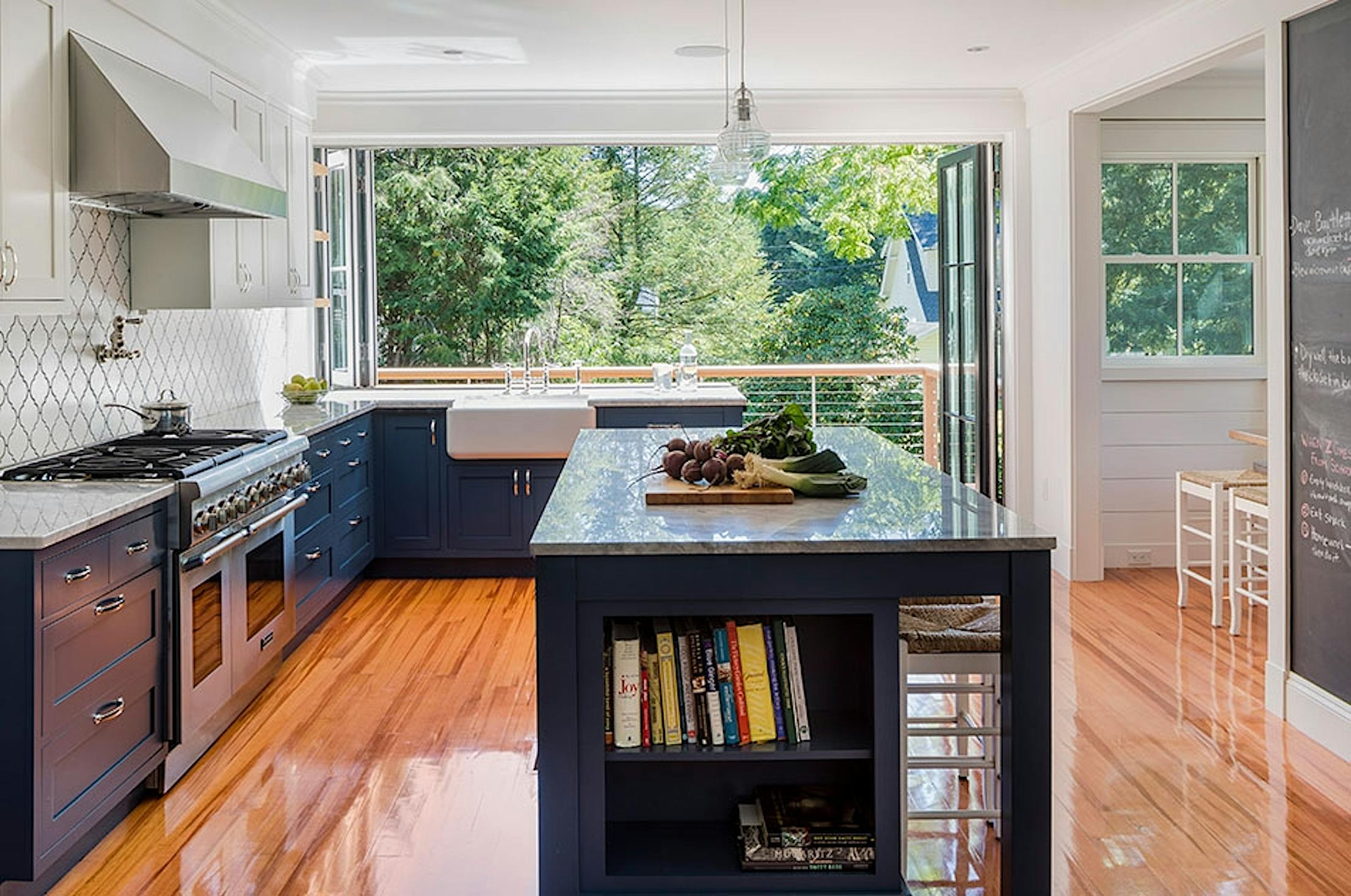
Figure 4: Biophilic design principles = view of trees + natural ventilation + daylight + rock material countertop + wood flooring.
Kitchen
There are many ways to bring Wellness into the kitchen, which is considered a Zen area for many. Wood, which can be used for cabinetry, furniture, or flooring, is a useful material for connecting a kitchen with nature. Rock material, such as marble, can be used for a kitchen island or countertop.
Kitchens also benefit from the option of natural ventilation. Large opening windows allow users to clear out the smoke and enjoy the fresh air while cooking. The opening glass can also effectively provide natural sunlight for home chefs.

Figure 5: Biophilic design principles = views to ocean + natural ventilation + daylight + plants & flowers + stones + wood elements.
Bathroom
The bathroom is a great room to weave in biophilic design principles. Turn a bathroom into a spa by using natural elements that bring a calming sense. Spas use biophilic principles through running water, stones, and plants. Using those elements, it’s possible to recreate a spa-like environment in a residential bathroom. There should be plenty of windows to welcome fresh air and natural ventilation.
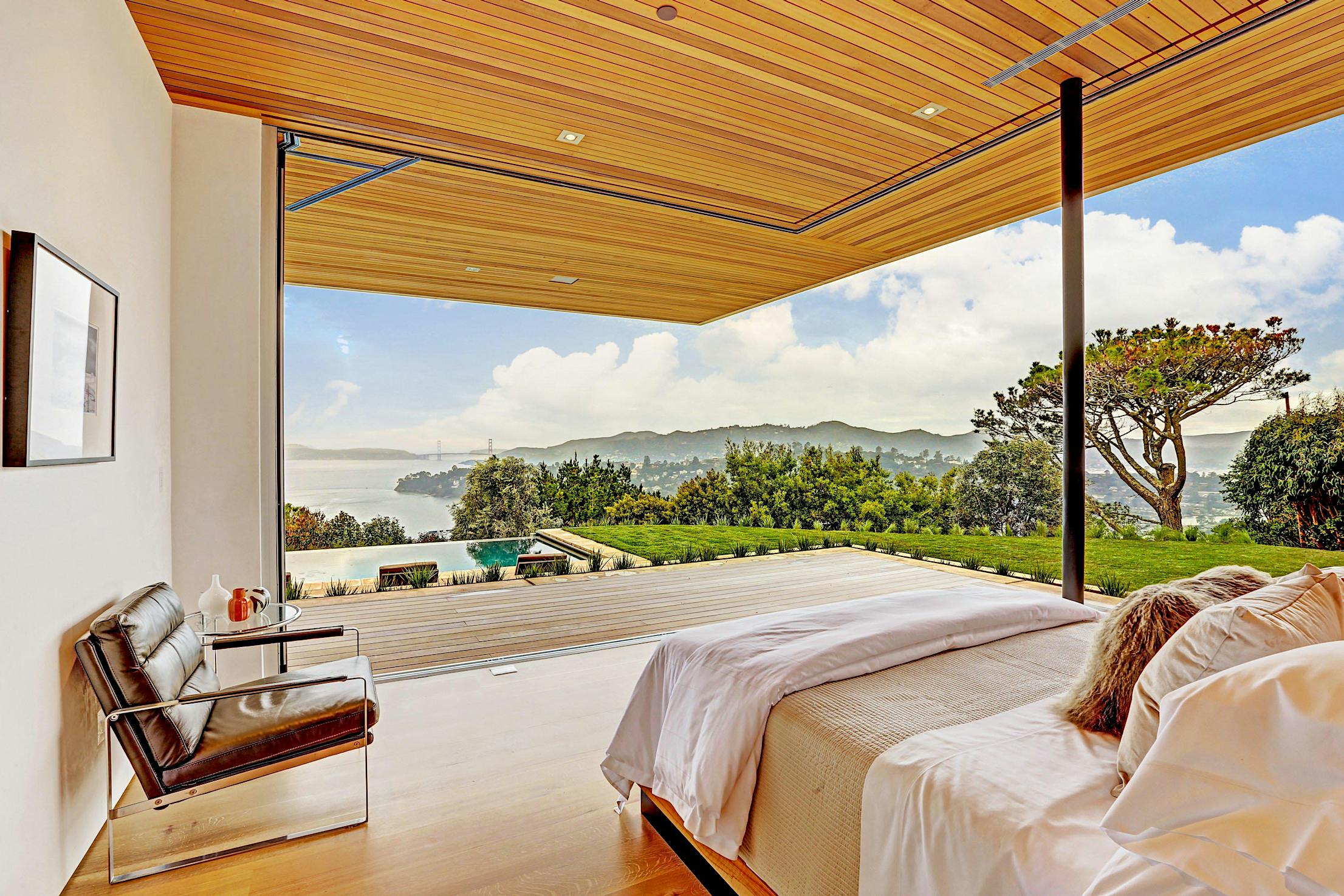
Figure 6: Biophilic design principles = views of trees, water, and city + natural ventilation + daylight + wood elements.
Bedroom
Humans spend near a third of the 24-hour day in the bedroom. The priority is that inhabitants are breathing fresh air while sleeping and relaxing. To allow air to enter, use a window or opening glass wall. Both, if facing the bed, can provide the rejuvenating experience of waking up to natural sunlight.
To sleep effectively, people need to be comfortable. Bedrooms should eliminate audio distractions with high STC barriers. Additionally, bedrooms need to provide thermal comfort. NanaWall systems have both high STC ratings and operability, allowing occupants to control their desired temperature.
A bedroom can also incorporate biophilic design through green colors and nature photography on the walls.
Final Thoughts
People feel, live, and operate best when they experience Wellness. Part of the equation to being well is the built environment. Building homes with Wellness principles helps occupants become their happiest, healthiest, and best selves.
However, the benefit of building these homes is not exclusive to homeowners. The demand for homes designed with an emphasis on Wellness is high, and there’s a lot of money in offering them. Architects and developers can profit immensely from these residential projects.
A significant step towards bringing Wellness design into a residential setting is installing a NanaWall opening glass wall system. It helps welcome outdoor air, usher in sunlight, and provide views – all of which are crucial biophilic design principles. With a large opening in a home, occupants live healthier lives. Everybody wants a home that enhances their lives, and they’re willing to pay more to those that design and build them.
Explore the residential application of NanaWall systems to understand better how it instantly incorporates biophilic design principles or connect immediately with a NanaWall expert.
